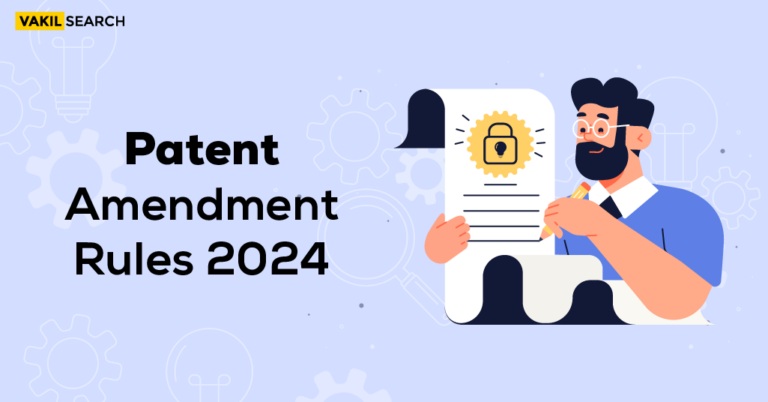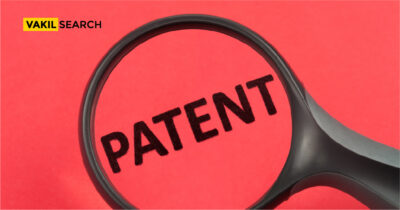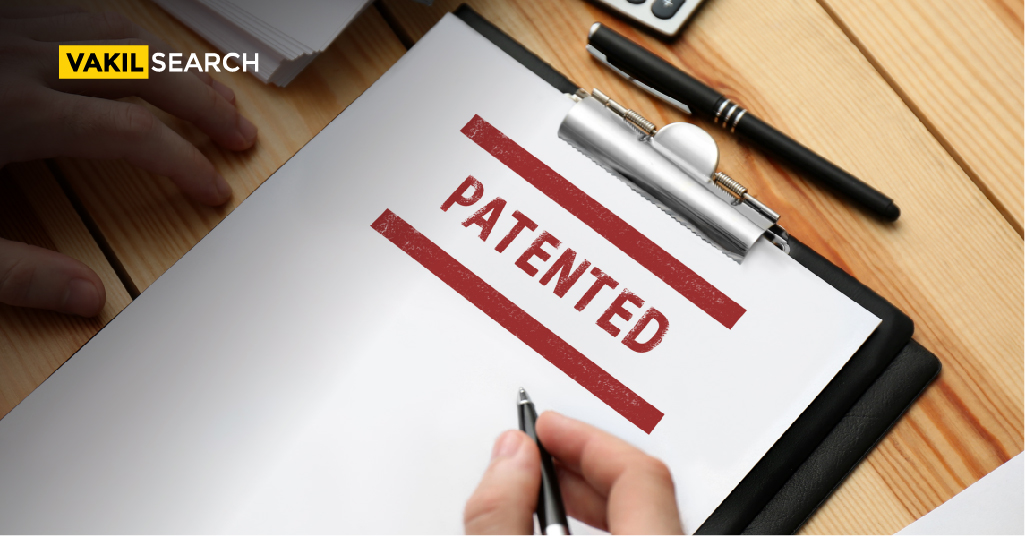Are you seeking some professional tips to help you get past any obstacles in the application process of patent filing? Read on to find out what advice the experts have for you.
An invention’s likelihood of being replicated increases with its usefulness in the respective field. So, if you too are concerned about your valuable invention being stolen, make sure to apply for a patent for it as soon as you can. Let’s explore the specifics of how you may make sure the application procedure for your patent goes smoothly.
What is a Patent?
A patent is a formal written document that grants the developer of an invention the legal right to protect their work. Any asset that has met the requirements for a patent cannot be copied, altered, sold, or used by anyone else without the inventor’s consent. In the event that anyone does so, the person who filed the patent has the right to sue the other individual in order to protect his product.
Simple Steps for Patent Filing
Here is a brief description of the 10 simple steps in which a patent can be filed:
- The invention is disclosed to the patent filing service along with all the data related to it. The non-disclosure agreement is signed by both parties.
- The invention is scrutinized against the patentability criteria.
- The final decision on patent filing is made by the owner.
- The patent is drafted with all the necessary details.
- Application of patent is submitted to the patent office.
- The patent application is published in the official patent journal.
- The inventor requests an examination of the patent application.
- The inventor responds to objections in the examination report if any.
- Invention gets a patent grant which is published in the official patent gazette.
- In India, the patent has to be renewed every 20 years.
7 Tips for Patents Application Process Success
The process of applying for a patent may involve a number of obstacles, many of which result in the application being rejected. These may result from a lack of research to support the patentability requirements or from the patent applicant’s poor communication abilities, which result in confusing arguments for the product’s validity.
Regardless of the circumstances, we have come up with 7 guidelines to ensure that your patent registration procedure is a complete success.
1. Ensure the Patentability of Your Product
Verify beforehand whether or not your product qualifies for patent protection. In the event that some other inventor has previously invented the same thing, you’ll lose your individuality in the very beginning. It would be a waste of time and money to go through the entire application process.
Several online resources are available for Patent search. There are also many law firms that specialise in patent law. They help you verify your patentability criteria in a better way.
PROVISIONAL PATENT APPLICATION FILING FEE
2. Set Up a Budget
The patent filing process is expensive. It is better to frame a budget to avoid any discontinuation in the middle of the application process. The high cost is the result of both the cost of legal assistance and government processing costs. For example, the patent professionals charge you for determining the patentability of your invention and for drafting the patent. Then there are the filing fees and examination fees for patent applications. It’s recommended that you set up a budget for your overall process.
3. Establish a Timeline
The total patent granting process is quite a time taking one. Your product may need to wait two to three years to access a fully working patent. Therefore, it is preferable to create a timeline at the start in order to meet the due dates for each phase.
Furthermore, the earlier you begin, the better, as procrastination may result in a comparable product being launched by another inventor and protected by a patent, before you’d be able to execute it in the market.
4. Document Every Detail Thoroughly
To ensure that you do not overlook even a small detail in your patent later on, work as hard as you can on the draft. Always have all of your product’s written, visual, and audio documentation on hand. Timestamped files in hard and soft forms will be icing on the cake.
These will build your authority in the patent application process. The records will help in establishing the chronological history of your invention in the event that another inventor demonstrates a similar product at the same time as you do.
5. File a Provisional Patent Before the Actual Patent
If you are unable to meet the requirements of time and money for patent protection of your product during its first version, consider filing a provisional patent. A provisional patent is a cost-effective and time-saving solution to protect your product from theft. It gives you one year to gather the necessary resources to file the actual patent.
Any product protected by a provisional patent is regarded as “pending for a patent.” It means that even though your product isn’t fully patented yet, the law nonetheless protects your ownership of it.
6. Create a Prototype
The government will need a detailed explanation of the invention you wish to protect when you submit a patent application. The patent officer will also question you in order to assess your confidence in the product’s development. Making a working prototype for your product is one of the best ways to properly demonstrate it.
The prototype will be a model of the original product and be capable of imitating it. As a result, a working prototype will convince higher-ups that the concept is unique in its field. It is also important to provide a written explanation of every element of the product, including how it works, along with the prototype.
7. Seek Professional Assistance
Sometimes the grant for a patent is rejected only because the filer is unable to communicate the purpose of the invention in an effective way. This is where professionals can save you. Therefore, the most crucial aspect of a successful patent application is the selection of the right lawyer who is well acquainted with your product, the technology it uses, its business point of view, and your objectives for the future. Employing a lawyer with the necessary training and expertise will lay the groundwork for effective communication in the future to speak to the demands of your field.
Conclusion
A smooth patent application process is necessary to protect your invention against the risk of theft. Some applications are rejected not because the invention is not unique, but because the inventor is unable to demonstrate it.
As an expert, you may follow these tips to ensure that your patent application process is a success. But if you are searching for the right legal: service to proceed with your patent application process, contact Vakilsearch now.
Read more,










